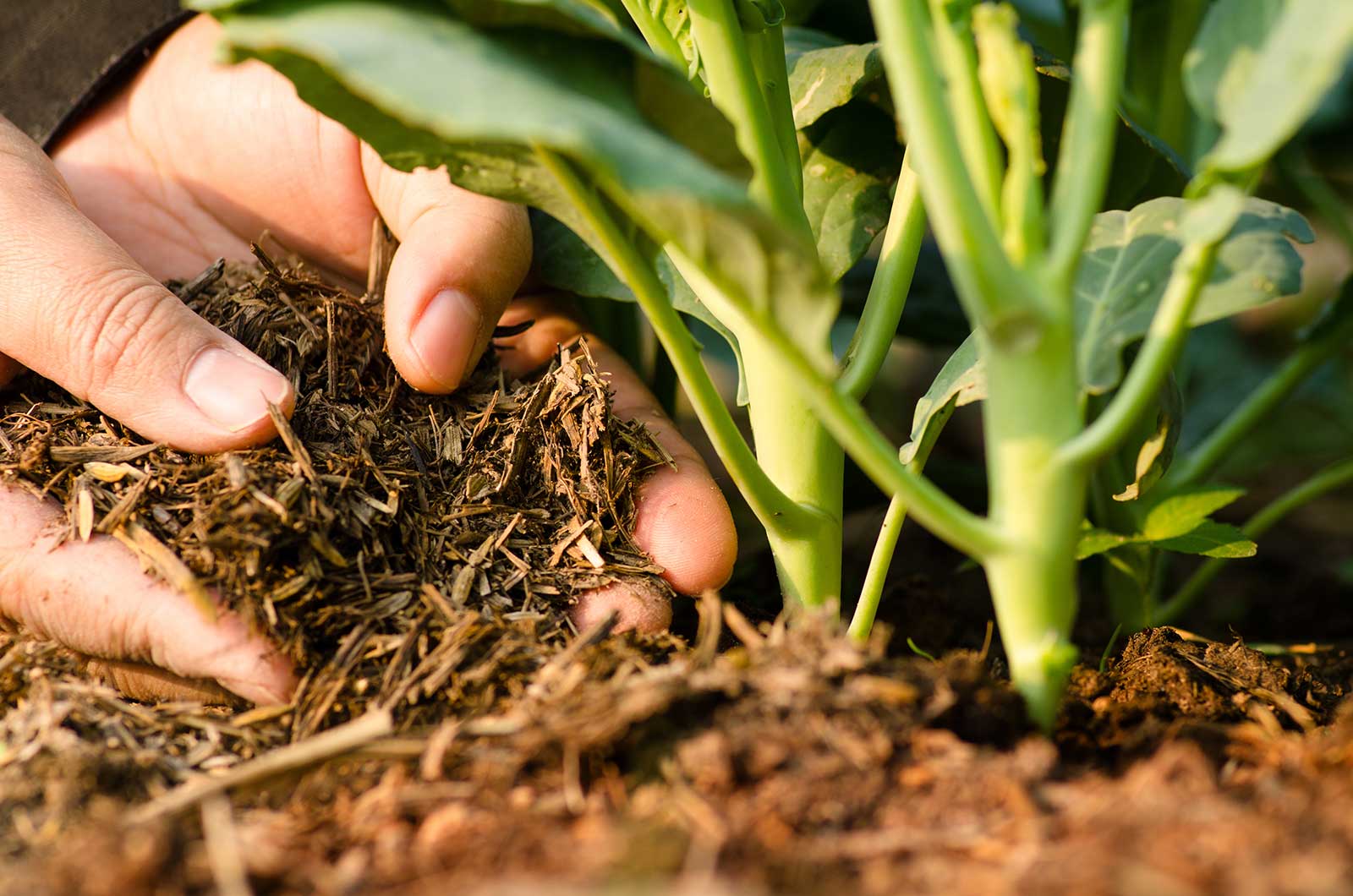Soil is a living foundation, and its strength depends on how carefully it’s tended.
Cover crops step in as guardians, protecting fields while enriching them for what’s to come. They may not be grown for the plate, yet their quiet work sustains every harvest that follows.
Discovering the Role of Cover Crops
Cover crops can be thought of as nature’s backstage workers, unseen but vital.
While the main harvest draws attention, these plants quietly enrich the ground, offering support that endures well into the future.
Farmers have used them for centuries, and their return to prominence reflects a broader desire for practices that work with, rather than against, the natural world.
Legumes like clover and vetch effortlessly incorporate nitrogen into the soil, offering nourishment in areas previously dominated by synthetic fertilisers.
Rye and oats, with their sturdy growth, add bulk and protect fragile ground from wind and water. Red clover holds its own in the cold months, while winter rye shields against weeds and frost, demonstrating just how versatile these crops can be.
This steady partnership between plant and soil builds lasting resilience. By giving the ground time to rest and renew, cover crops restore its strength so the next season’s harvest begins in fertile, living soil rather than weakened earth.
Restoring Fertility through Natural Cycles
At the heart of cover cropping lies the ability to restore nutrients.
Nitrogen, often leached away by rain or taken up by demanding crops, is replenished by legumes, thanks to a fascinating relationship with soil bacteria. Beans, peas and clover capture atmospheric nitrogen and turn it into food for future plants.
The benefits extend beyond nutrition. As these crops die back and decompose, their roots and leaves turn to rich organic matter.
This biomass builds structure, allowing rain to sink gently rather than rush away, and creating soil that feels springy underfoot instead of compacted and lifeless.
Seasonal timing strengthens these gains. Fields covered through the winter hold on to their nutrients until spring planting begins, while summer-sown covers prevent the ground from baking and cracking in the heat.
Across the year, they act as guardians of fertility, offering a rhythm of care that mirrors the seasons themselves.
Fields left bare over winter often lose much of their richness to erosion and run-off. Cover crops hold on to these treasures, saving farmers from over-reliance on chemical inputs.
In essence, they allow soil to act as it should, storing and releasing nutrients at nature’s pace.
Guarding the Land from Erosion
Few things are more disheartening than seeing rich topsoil being swept away by heavy rain or a harsh wind.
Cover crops create a protective blanket, softening the blow of raindrops, slowing water flow, and anchoring soil firmly in place. Their canopies shield the surface, while their roots weave through the subsoil like an underground net.
On steep slopes or exposed hillsides, species such as radishes and perennial grasses provide particular strength, their deep taproots fastening the earth securely.
In addition, these root systems help trap nutrients that would otherwise be lost, keeping the soil both stable and fertile.
Seasonal coverage also means the land isn’t left bare during vulnerable months, when storms or thawing snow can strip away years of careful cultivation.
Erosion may feel like an invisible thief, working slowly year by year, yet cover crops act as a steadfast guard. By holding ground steady, they protect not just this year’s planting but the very future of farming itself.
Encouraging a Living Soil Community
Beneath the surface lies another world, one that’s overlooked but essential to agricultural success.
Microorganisms, like bacteria, fungi and countless tiny allies, thrive when cover crops are present. Their roots release compounds that feed this invisible community, creating conditions in which life can multiply and diversify.
Cereals and grasses with extensive root systems are especially efficient at fostering microbial activity, turning fields into vibrant ecosystems rather than sterile production zones.
These organisms break down organic matter, freeing nutrients for crops while improving water retention and resilience.
Healthy soils also bring benefits above ground. A living underground network supports earthworms, beetles and other insects, which in turn creates better conditions for pollinators.
The result is a more balanced environment where soil life and visible wildlife both play their part in sustaining long-term productivity.
In time, soils treated in this way gain a kind of quiet strength. They hold water through dry spells, resist disease more effectively, and provide a supportive environment for whatever is planted next.
It’s a reminder that good farming doesn’t rest solely on what’s seen above ground but on the complex, hidden life below.
Choosing the Right Varieties for Every Field
Not every field is the same, and so not every cover crop will serve it equally well.
Farmers must weigh the soil type, climate, and their own long-term goals before making a choice. For clay-rich fields that harden, root crops like radishes can break through and ease compaction.
In sandy ground, which tends to let nutrients slip away, legumes such as white clover prove invaluable, holding nitrogen where it’s needed.
Climate is equally decisive. Warm regions favour hardy species like brassicas, such as mustard and forage radishes, which stand tall under summer heat. Also, colder landscapes call for rye or hairy vetch that shrug off frost.
Aligning choices with local weather ensures that the protective cover remains consistent across the year.
Beyond individual species, many farmers experiment with blends. Mixing grasses with legumes or broadleaf plants creates diversity, each playing its part in building a stronger, more balanced soil.
It’s often through trial, guided by regional advice and even garden care experts, that the best combinations are found.
Managing Growth for Lasting Benefit
Planting cover crops is only the beginning, for their management shapes the success of the whole endeavour. Timing is crucial. Ideally, they should be sown immediately after the main harvest, giving them time to settle before winter.
This way, they can guard the land during the harsh months when bare soil suffers most.
Deciding how to bring their growth to an end is equally important. Some farmers mow them down, others flatten them into the soil, and in certain cases, carefully chosen herbicides are used to ensure nutrients are retained.
The method should always match environmental aims, balancing practicality with care.
Managing competition is another consideration. These crops must enrich rather than overshadow the main harvest. With pruning, careful spacing and thoughtful rotations, they can support rather than steal resources.
Indeed, when worked into thoughtful rotations, cover crops reduce pests and encourage healthier nutrient cycles, making them a cornerstone of sustainable garden maintenance as well as large-scale farming.
Conclusion
The beauty of cover crops lies not in spectacle but in the steady renewal they bring.
By protecting soil, nurturing microbes and reducing the need for chemicals, they offer a future where farming feels both productive and sustainable.
To sow these seeds is to plant resilience itself, ensuring the land’s strength endures for generations to come.







